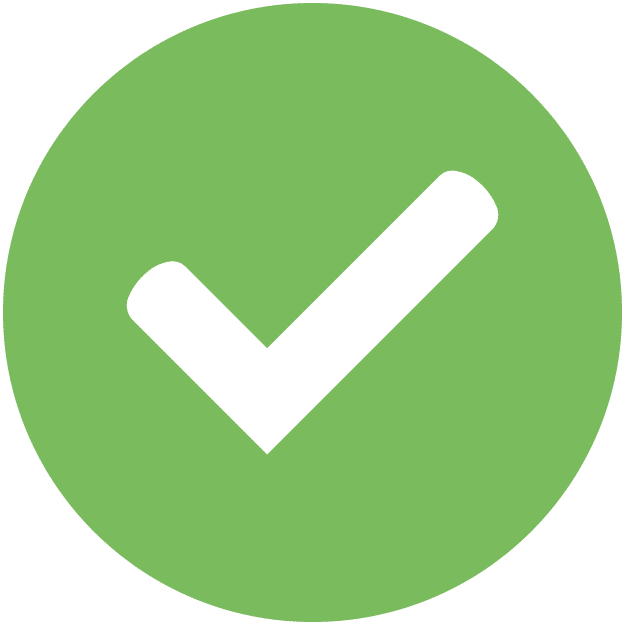Learning From Home Guide
Learning at home can seem daunting, but Chalkboard Publishing is here to help! This guide will give you a basic outline of what you need and how to plan your week. Keep in mind that flexibility is the key. So let’s get set up!

Getting Ready for Learning
Be ready for learning by having writing tools, art supplies and paper at your fingertips. Work with what you have. For example, favorite books on your bookshelf can be used for reading response activities.
Build a consistent schoolwork routine and a love of learning by helping your child develop strong foundational study skills. Each day, choose an exercise that focuses on a subject or skill set that your child can develop along with other activities of their choice.
For example practicing math facts for speed and accuracy, creating a new cover for their favorite book or designing a board game. Switch up the activities based on your child’s needs and interests; this will ensure your child is taking ownership of their learning while growing and building a variety of essential skills.
These are the basic materials:


Learning From Home
1. One Thing at a Time
Set aside a period of time for your child to learn each day. The whole family is adjusting to being at home. So turn off your electronic devices, set aside your work, and enjoy helping your child learn. Separate your working time, from your child’s learning time.
2. Establish a Routine
Have a set time to learn each day. Once you establish a routine, your child will get used to it and will be happy and prepared to work.
3. Plan Ahead
Planning ahead helps you and your child to stay calmer and more relaxed while they learn. Scheduling activities your child can do independently will help keep your child busy and interested in their work. (A sample planner is provided.)
4. Stay Active
Getting your child moving each day helps to burn energy, keeps them healthy, and helps them focus. Any activity that will get them up and moving is good. Here are some ideas:


Working From Home
1. Designate Time for Your Own Work
Make a set time each day to do your own work. It’s often easiest to work in the early morning or at night when it’s quiet. Choose a time when you concentrate best.
2. Make a To-Do List
To-do lists keep track of everyday chores and work-related tasks. When you know what needs to be done, you can plan when and how long you will need to do it.
3. Slow Down
Be willing to work at a slower pace for the time being. Give your children the attention and help they need.
4. Let Your Children Help You Out
Your children can help you out with work tasks as well as household chores. See the tasks table for ideas.

Planning Your Week
Make sure you keep the learning varied and interesting. You may wish to space out subjects and activities over the week. Don’t do the same things every day. Keep things interesting! You can work through the weeks of the daily skills books in order, or choose any weeks that are of interest. The time fillers are just what their name implies: fun activities that can be used at any time to fill in the gaps.
Keep these general rules in mind:
Assign Tasks
Children feel important, helpful, and independent when they are given small tasks to do. Here are some ideas.
|
Age Group |
Home Tasks |
Work Tasks |
|
2 to 3 |
||
|
4 to 5 |
||
|
6 to 7 |
||
|
8 and up |
Get pdf version of
Learning from home guide
Learning at home can seem daunting, but Chalkboard Publishing is here to help! This guide will give you a basic outline of what you need and how to plan your week to help create the best home learning environment possible. And when you pair this guide with our curriculum approved workbooks and worksheets, you never have to worry about your child falling behind!













